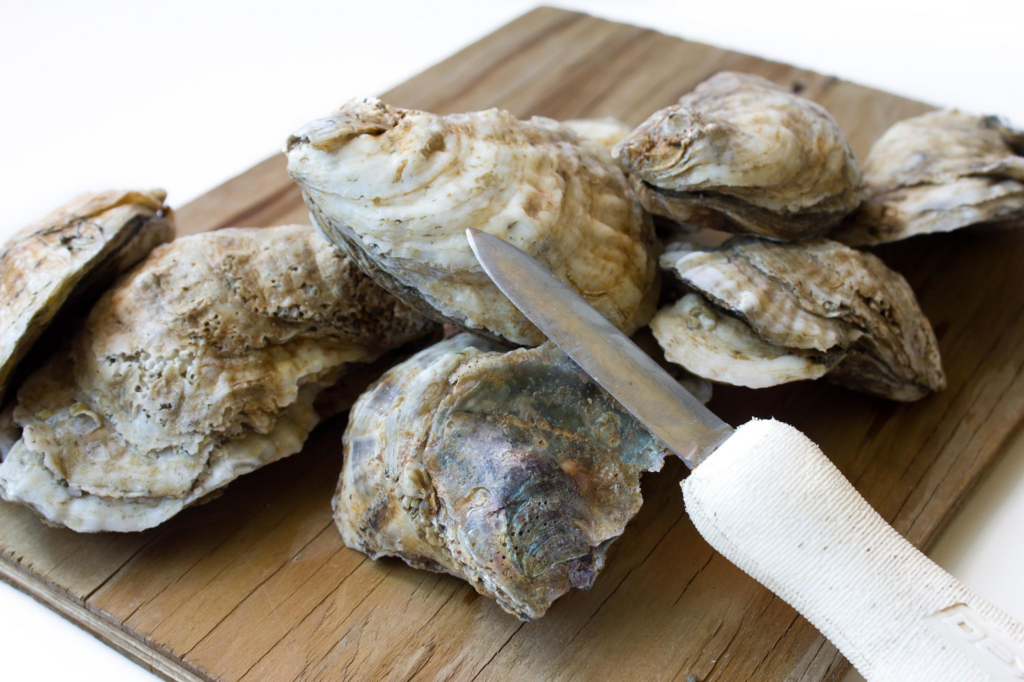When we think of the Pilgrims and their voyage to the New World, images of hearty meals and simple fare often come to mind. But what about dessert? Did these early settlers indulge in sweet treats after their meals? This article takes you on a delectable journey into the past, uncovering the fascinating world of desserts enjoyed by the Pilgrims.
Sweet Necessities in Early Settler Life
In the challenging times of the Pilgrims, dessert was a far cry from the elaborate confections we enjoy today. Desserts were simple yet satisfying, often made from readily available ingredients. Cornbread Cakes and Honey: A Humble Delight The Pilgrims turned to corn, a staple crop, to create humble yet delicious cornbread cakes. These cakes, sometimes sweetened with a drizzle of honey, offered a touch of sweetness at the end of a meal.
Fruits of Their Labor
Dried Fruits: Nature’s Candy for Pilgrims The Pilgrims cherished dried fruits as a precious commodity. Drying fruits such as apples, pears, and berries preserved their sweetness for the long winters. These dried fruits were enjoyed as a standalone treat or incorporated into simple desserts.
Colonial Pies and Tarts
Fruit Pies: A Glimpse into Colonial Baking The Pilgrims’ desserts often featured fruit pies, where fresh or dried fruits were encased in a simple crust. These pies, baked in primitive ovens, offered a comforting taste of home in the new land.
Molasses and Its Sweet Influence
Molasses: A Sweetener of Choice Molasses, derived from sugarcane, played a significant role in Pilgrim desserts. Its rich, deep flavor added sweetness to various dishes, from porridges to puddings. Indian Pudding: A Molasses-Infused Classic The iconic Indian Pudding was a delightful blend of molasses, cornmeal, milk, and spices. Baked to perfection, this pudding encapsulated the essence of Pilgrim cuisine.
Sweet Remnants of the Sea
Sea-Inspired Sweets: Pilgrims and Seafood The proximity to the Atlantic Ocean influenced Pilgrim diets, even their desserts. Seafood delicacies like clams and oysters were incorporated into sweet dishes, adding a unique twist to their culinary repertoire.

The Influence of Native Ingredients
Cornucopia of Flavors: Corn in Pilgrim Desserts Corn, a vital crop for the Pilgrims, found its way into desserts as well. From cornmeal mush to hasty puddings, this versatile ingredient was transformed into delectable sweet treats.
Exploring the Past: A Dessert Comparison
| Dessert | Ingredients | Sweetness Level | Complexity |
|---|---|---|---|
| Cornbread Cakes | Cornmeal, Honey | Moderate | Low |
| Dried Fruit Medley | Apples, Pears, Berries | Mild | Low |
| Fruit Pie | Fresh/Dried Fruits, Crust | Sweet | Moderate |
| Indian Pudding | Molasses, Cornmeal, Milk, Spices | Rich | Moderate |
Rediscovering Forgotten Flavors: A Modern Take
As we reflect on the desserts enjoyed by the Pilgrims, there’s an opportunity to reinterpret these historic recipes with a modern twist. By using the same basic ingredients, today’s chefs can create desserts that honor the past while embracing contemporary tastes.
Preserving Sweet Memories: Desserts in Pilgrim Culture
Desserts held a special place in Pilgrim culture, not only as culinary delights but also as symbols of celebration and gratitude. Harvest Festivals: Sweet Celebrations of Plenty During harvest festivals, Pilgrims expressed their gratitude for bountiful harvests with communal feasts that included a variety of desserts. These occasions were an opportunity for the community to come together and enjoy the fruits of their labor.
Adapting to New Tastes: Intercultural Dessert Exchange
As the Pilgrims interacted with Native American communities and other settlers, they had the chance to explore new ingredients and flavors. Exploring Indigenous Flavors: Corn-Based Desserts The Pilgrims learned from the Native Americans how to make dishes like “asnutakw,” a sweet porridge made from cornmeal and maple syrup. This intercultural exchange enriched Pilgrim dessert recipes with innovative elements.

Legacy of Simplicity: Modern Inspirations from Pilgrim Desserts
The legacy of Pilgrim desserts continues to inspire modern chefs and bakers to create desserts that celebrate simplicity and authenticity. Farm-to-Table Desserts: Embracing Local Ingredients Drawing inspiration from Pilgrim cuisine, today’s culinary artists emphasize local and seasonal ingredients in their dessert creations, embracing the ethos of using what’s available to craft delightful treats.
Conclusion
The desserts of the Pilgrims offer a unique glimpse into their lives, their challenges, and their culinary ingenuity. From simple cornbread cakes to rich Indian pudding, these treats tell a story of resourcefulness and adaptability. As we savor our modern desserts, let’s remember the flavors that sustained the early settlers and shaped their journey.
FAQs About Pilgrim Desserts
While Pilgrim desserts were indeed sweet, their sweetness was often derived from natural sources like honey and molasses, rather than refined sugars.
Chocolate was not readily available to Pilgrims, so their desserts were devoid of this indulgence.
Molasses was a valuable sweetener that added depth and flavor to Pilgrim desserts, making them more satisfying.
Desserts were enjoyed as part of everyday meals among the Pilgrims, although their simplicity reflected the challenging times they lived in.
Modern interpretations of Pilgrim desserts often pay homage to the past while incorporating contemporary techniques and flavors.
